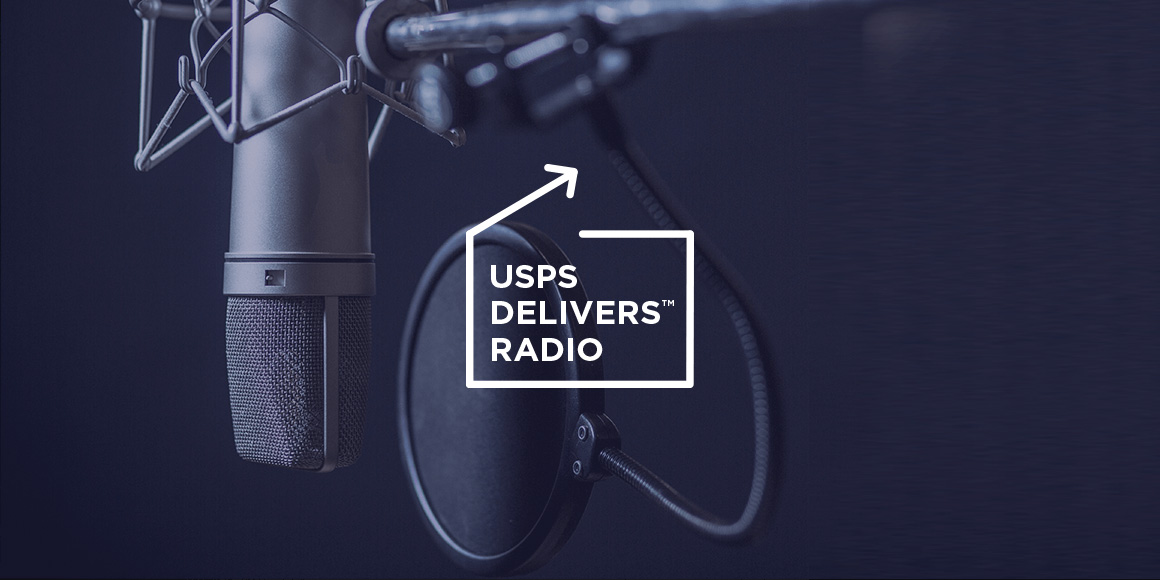
Returns play an all-important role in retail and e-commerce. They affect profits, stock counts, customer loyalty and much more. Companies intent on managing and growing their business must understand the returns landscape to ultimately lower their return rates and improve operations. Read on for the most pressing statistics, plus practical tips to help get your rates low and your sales high.
Annual U.S. Return Rates by Retail Category
Return rates vary depending on the type of product.
Here are the blended return rates[1] by category:
Apparel
Home Improvement
Auto Parts
Footwear
Housewares
Beauty Products
Children’s Apparel
Department Store
Sporting Goods
Women’s Apparel
Hard Goods
Online vs. In-Store Return Rates
Shoppers returned online purchases 8X more frequently than those they bought in-store.
For fashion apparel, physical stores experienced a return rate of about 3%, compared with about 25% for online sales. Highly fashionable items, for which the fit was highly important, saw an even higher return rate.[2]
How Returns Influence Purchasing Behavior
Shoppers preferred hassle-free returns
35% of survey respondents said a hassle-free return policy helps determine which retailers they choose for holiday gift purchases.[3]
Baby boomers preferred easy returns.
62% of women and men 65 and older said offering an easy return process would improve the shopping experience for Internet users.[4]
Millennial women preferred easy returns more so than millennial men.
55% of women 18–34 vs. 40% of men 18–34 said offering an easy return process would improve the shopping experience for Internet users.[5]
Shopper-Preferred Return Policies
In-store shoppers preferred a longer return window and refund options other than store credit.[6]
- Has refund options other than store credit: 67%
- Allows longer return window: 55%
- No receipt required: 43%
- Allows returns with scan of identification: 28%
- Return policy is not important: 9%
Online shoppers preferred free online returns above all other return policies.[7]
- Free online returns: 82%
- Can return products bought online at a physical store: 69%
- Has refund options other than store/site credit: 61%
- Allows longer return window: 54%
- Return policy is not important: 10%
8 Ways to Lower Return Rates
1
To prevent returns because of poor quality, routinely check the quality of products and discontinue selling poorly made/poorly reviewed products.
To prevent shoppers from buying the wrong item, images and product descriptions online should be detailed and accurate. Implement clear marketing and signage to prevent this issue in stores.
To prevent customers from finding better prices elsewhere, consider price-matching offers and periodic sales to drive customers to purchase.
In the case of gift returns, in-store or online, create a process and utilize a salesperson or a digital experience to suggest other products or offer store credit when a purchase is returned. That way, the dollars stay in-store.
To avoid products being returned because of the wrong size, precision is key. Be sure your size charts online are accurate and consider including models’ measurements and sizing to show online shoppers for reference. Train in-store employees to help with sizing, as well.
To stave off return fraud, be sure your policy is crystal clear on which items can and cannot be returned. Also, push customers to make returns in-store if possible, where an employee can catch return fraud. If you’re exclusively an online retailer, consider implementing a return merchandise authorization (RMA). This adds a human element to the online return process – making it necessary for someone to approve the return before it’s sent back.
To avoid returns because products didn't match their descriptions, provide your e-commerce team with photos of merchandise for reference, or let them take their own photos, when writing descriptions for the product pages.
In the case of products returned because of late delivery, consider doing a routine assessment of shipping operations to be sure they are working effectively.
In Conclusion
The first step to improving your return process and your return rates is knowing the facts; the next is leveraging them. Look at any returns data you’ve collected in the past to find your company’s biggest weak points, then combine it with the knowledge above to sharpen your return process and improve customer satisfaction. A few smart changes can make a lasting difference to your bottom line.
Footnotes
keyboard_arrow_down- [1]Retail category rates derived from The Retail Equation (TRE) analysis of 34,000 stores in the specialty and general-merchandise retail segments. TRE reviews returns data direct from POS T-Logs—so all returns, exchanges, online returns, employee-sale returns, and every other refund scenario is considered to build an actual return rate. arrow_right_alt
- [2]“2017 Retail Trends”, Strategy& PwC, 2017. arrow_right_alt
- [3]National Retail Federation, “2016 Holiday Consumer Spending Survey,” conducted by Prosper Insights & Analytics, Oct 27, 2016. arrow_right_alt
- [4]“How Millennials and Baby Boomers want you to improve the shopping experience,”Marketing Sherpa, https://www.marketingsherpa.com/article/chart/millennials-baby-boomers-want-improved-experience, January 2016. arrow_right_alt
- [5]Ibid. arrow_right_alt
- [6]2016 Holiday Survey: Ringing in the Retail, Deloitte LLP. arrow_right_alt
- [7]Ibid. arrow_right_alt
 search
close
menu
search
close
menu



